In two previous posts (The two faces of Downy Woodpecker and More false faces in birds) I’ve talked about the false faces created by feather patterns on birds. In the months since those posts I have seen and photographed more examples of these patterns, and I present some of them here.
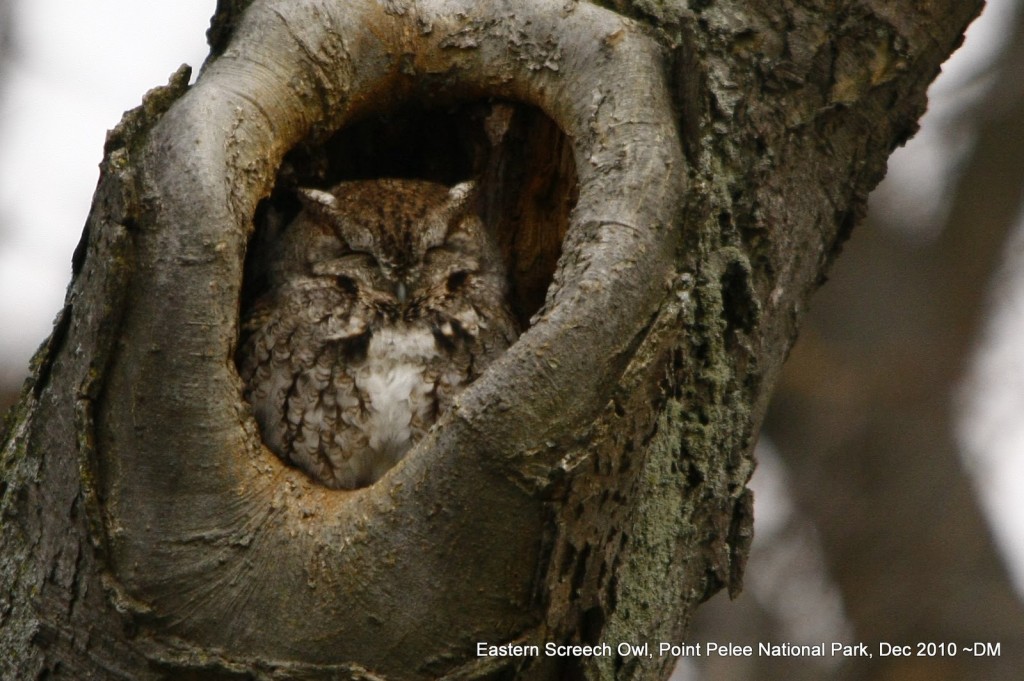
First, this Eastern Screech-Owl photographed in Ontario by Dwayne Murphy is a somewhat different example of the false face phenomenon (and thanks to Dwayne for recognizing it and contacting me). It seems to have two sets of eyes. The real eyes are tightly closed, but the false eyes just below that look relatively alert, and larger. Unlike other examples, this false face is on the front of the bird, but since owls often rest with eyes closed it would serve the same function that’s been hypothesized for other false faces: making predators hesitate even though the bird is actually in a vulnerable position.
Check out these video captures of birds photographed on my recent trip to Kenya. Can you tell if they are facing away from you or towards you?
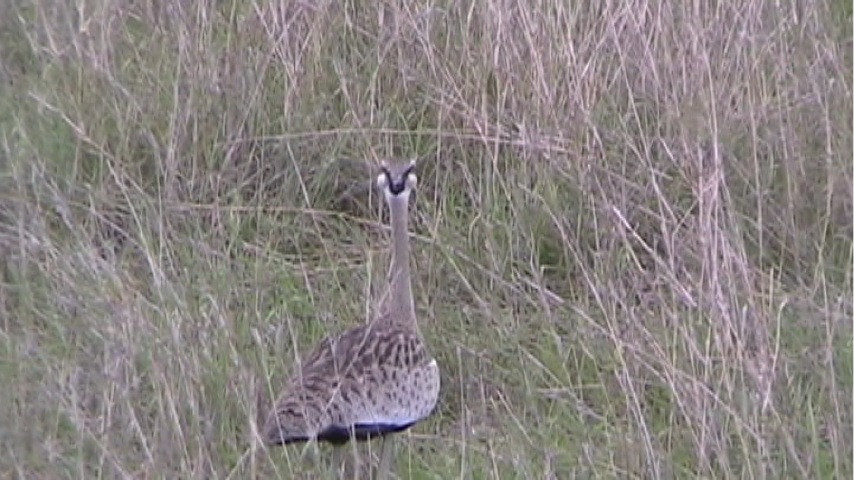
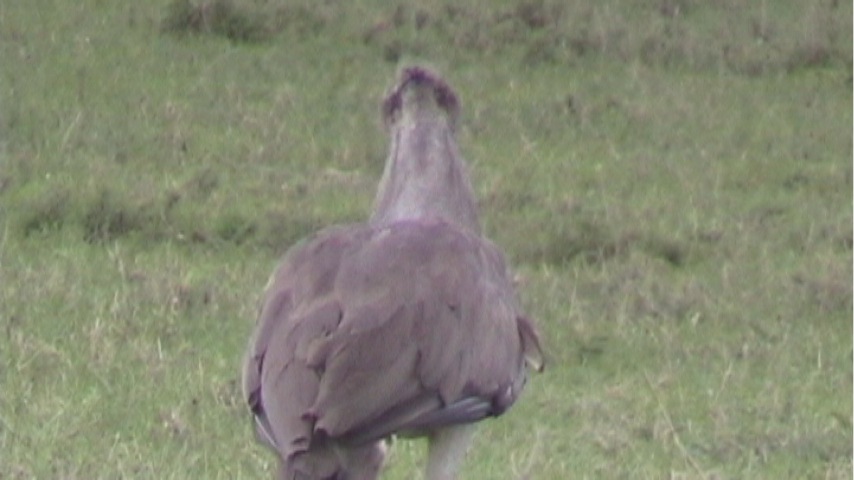
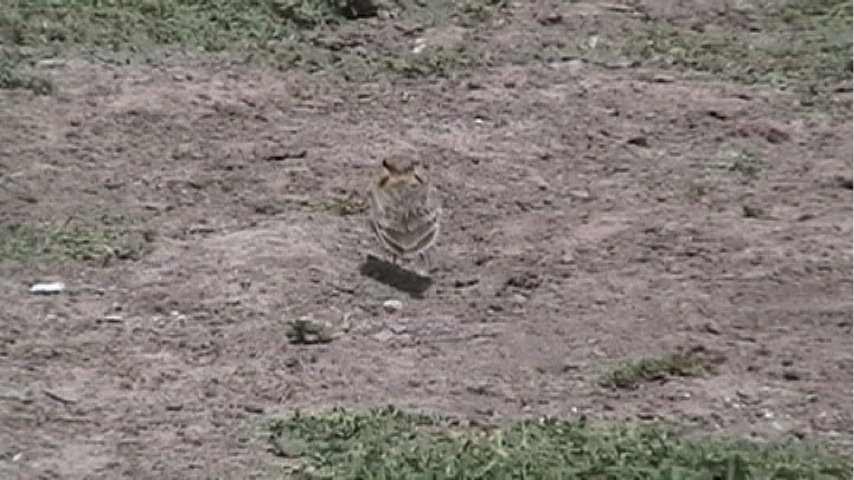
As I have written previously, I don’t think this is coincidental. In all of these examples the illusion of a face is strongest when the bird is facing directly away – the direction from which it would be most vulnerable to attack by a predator or a rival. Presenting what appears to be a face might cause their would-be attacker to veer off or hesitate.
Another interesting aspect on some of these birds is that the pattern on the front of the head actually obscures the real face and seems to create the illusion that it is the back. This was mentioned in the study of American Kestrel (Clay, 1953) finding “markings which produce the likeness of a face on the rear of the head, or upon each side of the head, according to the position of the observer, while the true face is obscured by the disruptive bars noted above.” Check out these two Kenya birds:
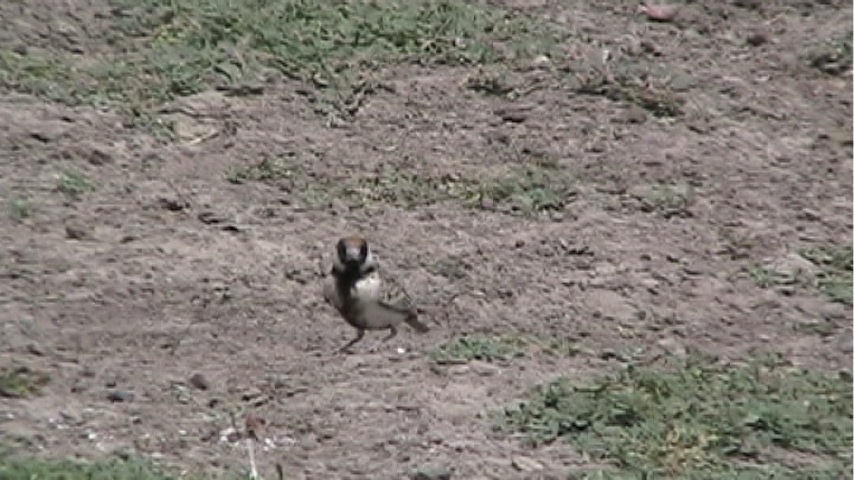
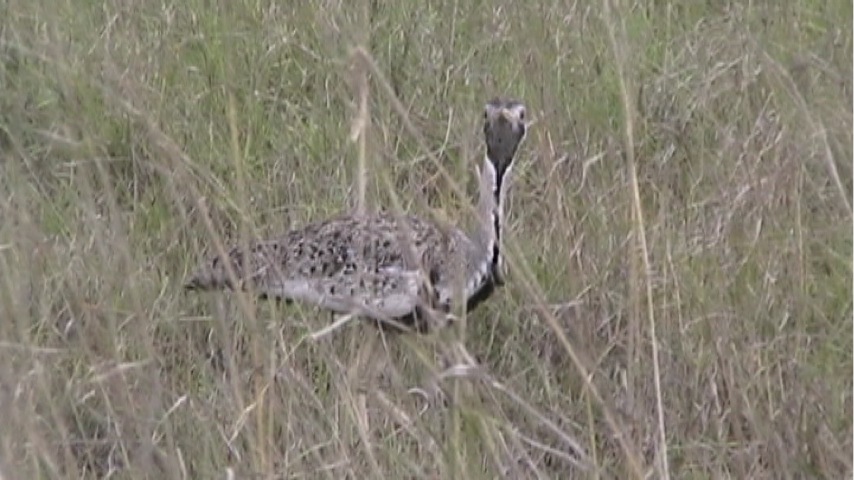
Initially I was unsure what advantage could be gained by making the front of the head look like the back, but I think there is a plausible explanation. If a predator is watching these birds from a distance, planning its attack, then there would be time for the illusion to work to the advantage of the potential prey. As the predator watches the head turn through all angles it could misinterpret the front of the head for the back. Then it will launch its attack while its prey is actually looking straight at it, so the prey will have plenty of warning and can escape more easily.
References:
Clay, W. M. 1953. Protective Coloration in the American Sparrow Hawk. Wilson Bull. 65:129-134. pdf here

